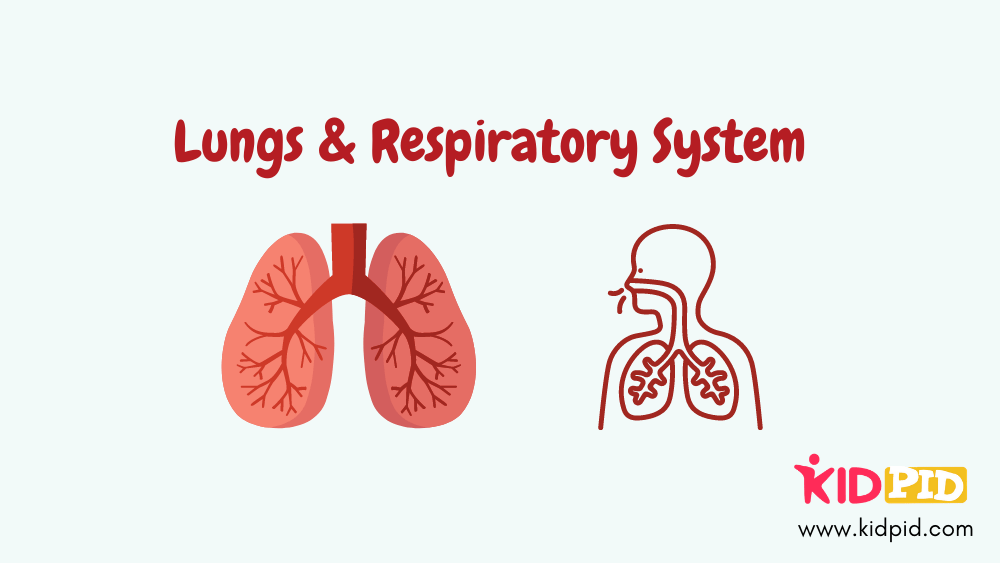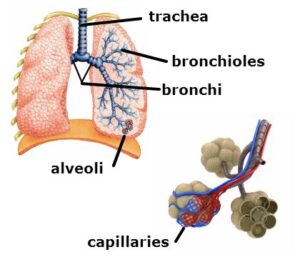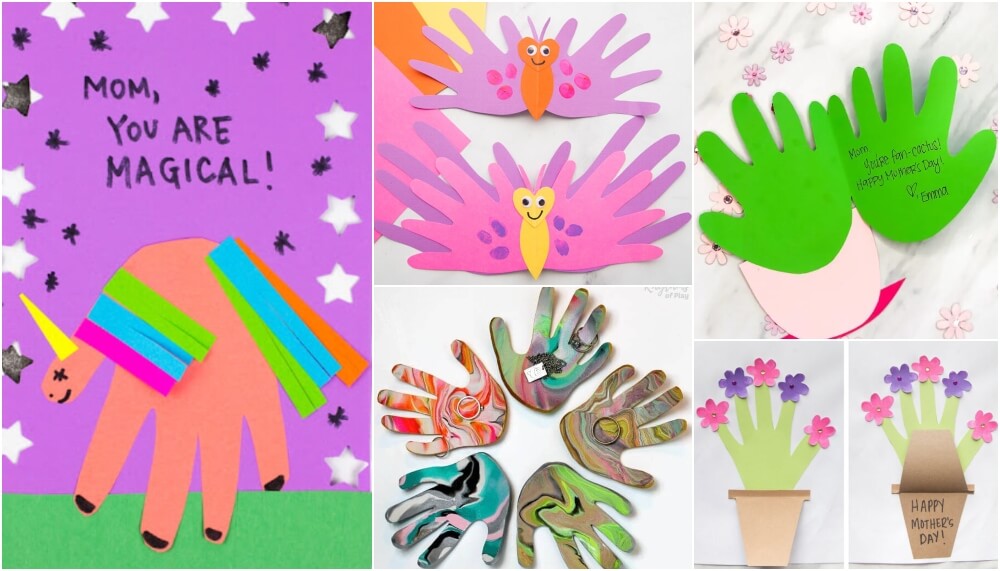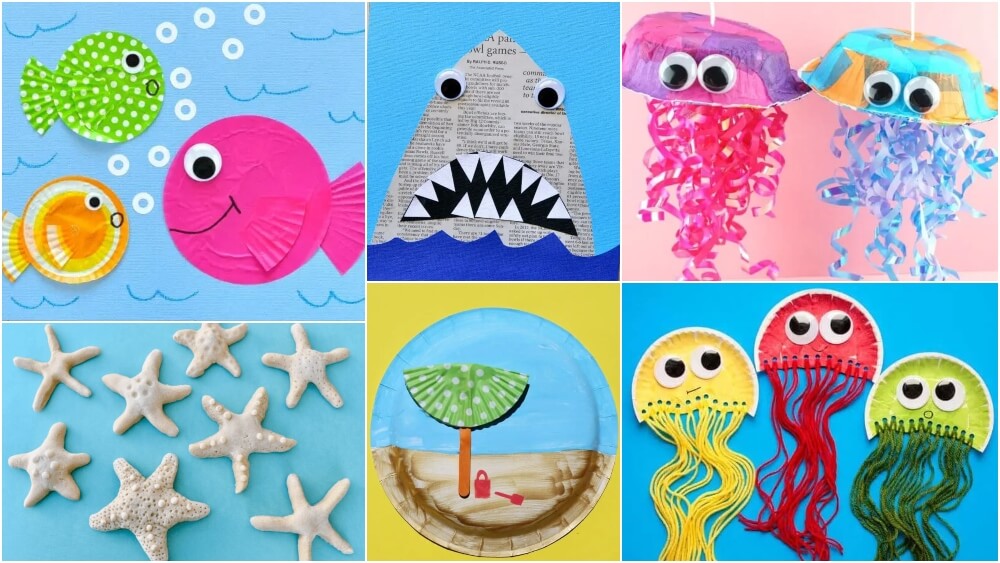Lungs & Respiratory System

It’s a good sunny day, you and your friends are out there in the park, ready for a race and whoever wins, get ice cream. Isn’t that exciting now? As your mom says ready, set, go, you all run, you run with all the energy you have. And as you cross the finish line, your mom cheers, but your breath has become heavy and you feel like sitting down.
This is a classic example for you to understand how the breathing system works in our body.
Lungs are breathing organs which are a part of your respiratory system. The reason why you were panting, was because your body needs more oxygen to breathe !! Your lungs are trying to get in more air. More air means more oxygen, which is needed by all parts of the body.
FUN FACT: Did you know that the lungs are the only organs that can float on the water !!
Without oxygen, you would be like a car without fuel. Just like how food is essential to live, so is oxygen.
Let’s take a closer look at how this works exactly.
a) When you breathe, the air you take inside, indeed, has oxygen. This air passes through your nostrils, which has tiny hair, that obstructs and prevent the dust particles from going in.
b) Then, the air travels through the windpipe which is also called as the Trachea. It filters the air inhaled. Remember how in your biology class, you took dirty water and poured it through a sieve like paper? The clean water was filtered out and obtained in the flask. This is somewhat similar to that.
c) Now, this trachea branches out into 2 tubes, called Bronchi. These bronchi has tiny tiny hair called as cilia, which move back and forth, moving the mucus inside.
WORD OF THE DAY: MUCUS– It is a sticky substance that collects germs, dust and other unwanted particles that might harm/damage the lungs.
Now you know why smoking is harmful to your body. The cigarette produces harmful chemicals, that can deposit in your lungs and even leading to cancer !!
d) Each bronchi individually carries air into each lung. The right lung has 3 lobes whereas, the left lung has 2 lobes. These bronchi narrow down to numerous Bronchioles.
FUN FACT: Your left lung is smaller than your left lung !! This is to provide space for the heart !!
e) These lobes are filled with small and spongy air sacs (small bags) called as Alveoli. The exchange of oxygen and carbon dioxide happens at the surface of the alveoli. The surface is in contact with the deoxygenated blood coming from the heart. The blood absorbs oxygen and the carbon dioxide is given out. So, when you exhale, now the air majorly comprises of carbon dioxide.
FUN FACT: The trees require carbon dioxide to survive, opposite to human beings. But during night time, they exhale carbon dioxide, because of which you must have heard your grandparents say not to sleep under a tree at night !!
f) Beneath the lungs, there is a dome-shaped muscle called the Diaphragm. It contracts when you breathe in, and expands when you breathe out. Role: It separates the chest cavity from the abdominal cavity.

Wow ! we learnt a lot of new words today. It’s important to know the singular forms of some of these words too.
Bronchi -> singular: bronchus ; Alveoli -> singular: alveolus
Before we end this lesson, let’s have a quick check for understanding.
Quiz
Q 1. How many bronchi does a human body have?
a) 3
b) 4
c)1
d)2
Q 2. The stomach helps in respiration too.
a) True
b) False
Q 3. The air we breathe out has a lot of oxygen.
a) True
b) False
Q 4. The correct order of respiration is:
a) nostrils -> trachea -> alveoli -> bronchi ;
b) nostrils -> alveoli -> trachea -> bronchi ;
c) nostrils -> trachea -> bronchi -> alveoli
d) nostrils -> bronchi -> trachea -> alveoli
Q 5. How many times do you breathe approximately in one day?
a) 20,000
b) 2000
c) 10,000
d) 1,00,000






Responses